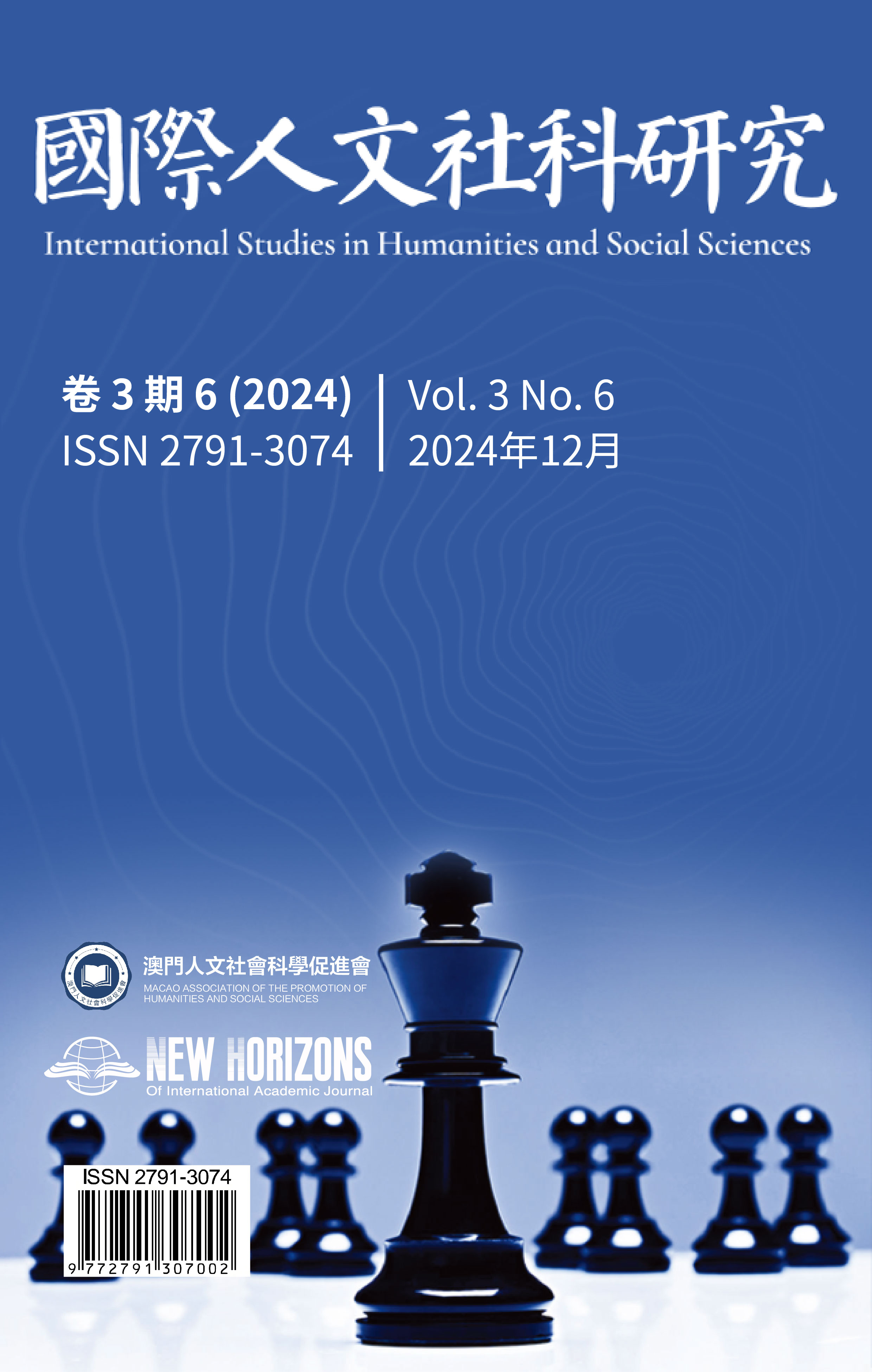Automated Administrative Decision-Making in Digital Government Construction: Balancing Public Power and Private Rights
DOI:
https://doi.org/10.63944/p9s84p60Keywords:
數字政府;行政執法;自動化決策;私權;平衡Abstract
The development of a digital rule-of-law government represents the deep integration of modern information technology with government governance. It serves as a critical driver for advancing Chinese-style modernization and a key component in enhancing government governance capabilities and public service levels. Automated administrative decision-making is a significant initiative within administrative law enforcement reform that leverages digital technology to improve administrative management functions and law enforcement efficiency. This process, facilitated by artificial intelligence and big data technology, enables automation and intelligence in administrative actions through real-time data analysis and prediction, thereby allowing the government to respond promptly to social changes and public needs. Automated decision-making enhances the timeliness, scientific rigor, and comprehensiveness of decisions, promotes fairness and democracy, and ensures transparency and traceability, contributing significantly to administrative efficiency and neutrality. Nevertheless, this system possesses inherent flaws, such as unclear application boundaries, algorithmic biases, opaque decision-making processes, and incomplete accountability mechanisms. Additionally, it poses substantial impacts on individual rights, including personal information protection, the rights to argumentation, information, and fairness. This paper explores ways to balance the conflicts between public and private rights within automated administrative decision-making.
Downloads
Published
Issue
Section
License
Copyright (c) 2024 International Studies in Humanities and Social Sciences

This work is licensed under a Creative Commons Attribution 4.0 International License.
版权所有 (c) 2025 國際人文社科研究
本作品采用知识共享署名 4.0 国际许可协议授权。









